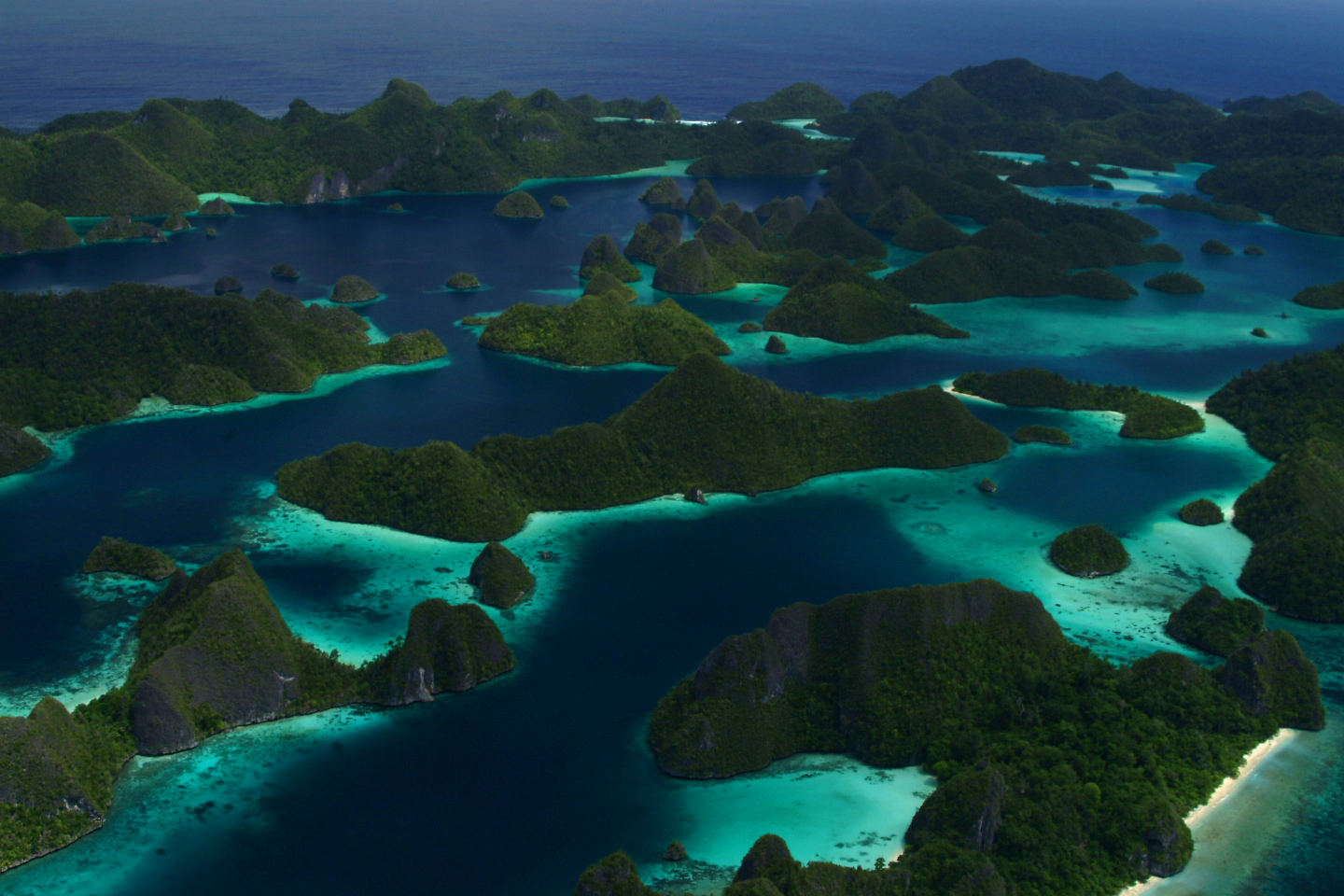So that little finger of land on the left doesn't connect to anything but it was inspired by this picture
To the east I imagine there is some hiking sort of like this at the highest elevations
This is what the cliffs up north look like except not green
You go a little bit south and you see stuff like this
But that's another part of Kareha entirely.
If Dieselpunk is 20sish then it seems to weird to not have social dancing. But can you have dancing without music? And how does that all work? What kinds of outfits do people wear? Is it couple dancing or line dancing or individual? Is it super frowned upon by the older generation as it was way back when?
I'm just thinking like what is there to do in town.
They should have some kind of pool hall sort of place but then I'm sure I'd end up with them doing something suspiciously like bowling.
Then again this is when they're kids so ... they'd probably find plenty to do if they're not teenagers yet. Maybe once they are a bit older Micah drags Adriel to stuff.













